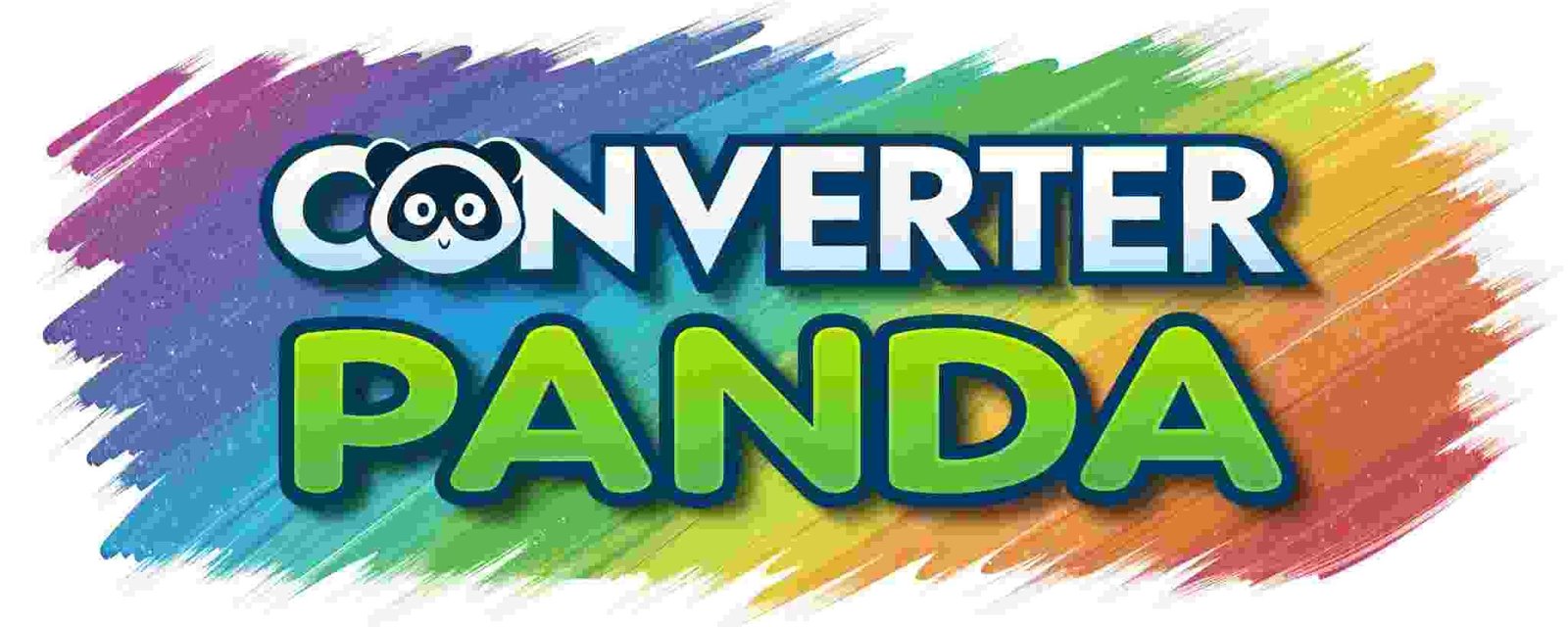Convert Binary, Decimal, Hex Instantly – Fast & Accurate
Binary Decimal Hexadecimal Converter Free
About This Tool
Early Prime Day deals: Top 5 Amazon finds under $100
1. INSIGNIA 32″ Class F20 Series Smart HD Fire TV
2. Govee RGBIC Floor Lamp LED Corner Lamp
3. Portable Air Conditioner Evaporative Air Cooler
4. MARBERO Portable Power Station 88.8Wh Solar Generator 150W
5. EUHOMY Countertop Ice Maker Machine
Our Binary Decimal Hexadecimal Converter is a powerful, free tool that converts numbers between binary (base 2), decimal (base 10), and hexadecimal (base 16) number systems. Perfect for programmers, computer science students, and anyone working with different number bases.
This tool processes all conversions entirely in your browser, ensuring complete privacy and security. No data is sent to any server, and all calculations happen locally on your device with real-time updates and interactive bit manipulation.
Key Features
Real-time Conversion
Instant conversion between binary, decimal, and hexadecimal
Visual Bit Display
Interactive 32-bit representation with clickable bits
Quick Actions
Preset values and random number generation
Input Validation
Real-time validation for each number system
Mobile Friendly
Works perfectly on all devices and screen sizes
100% Private
All processing happens locally in your browser
How to Use
- Enter a Number: Type a number in any of the three input fields (binary, decimal, or hexadecimal)
- View Conversions: The other two fields will automatically update with the converted values
- Use Bit Display: See the 32-bit binary representation and click individual bits to toggle them
- Try Quick Actions: Use preset buttons for common values, random numbers, or powers of 2
- Copy Results: Use the copy button to copy all converted values to your clipboard
- Validate Input: The tool will highlight invalid characters and show error messages
Supported Ranges: 32-bit unsigned integers (0 to 4,294,967,295), Binary (0-1), Decimal (0-9), Hexadecimal (0-9, A-F)





